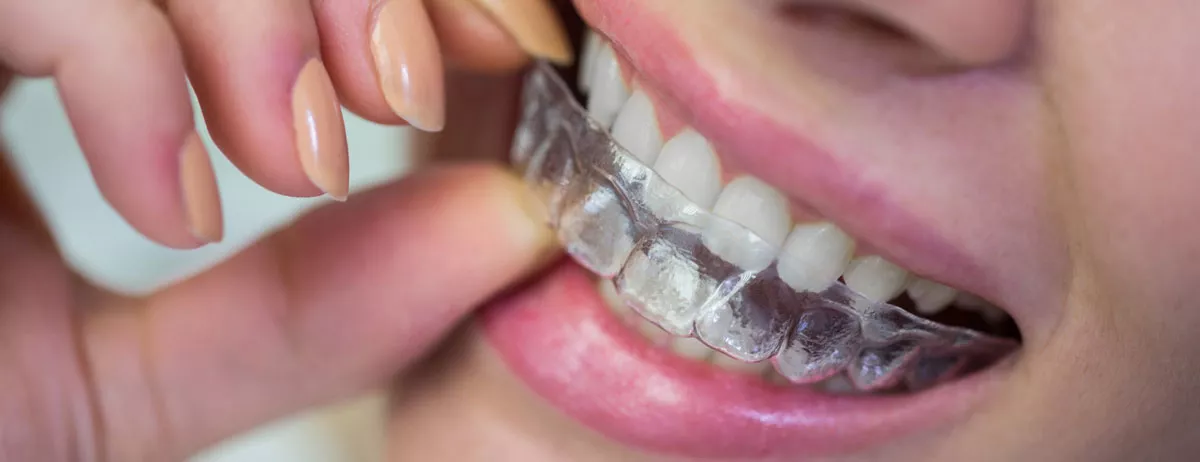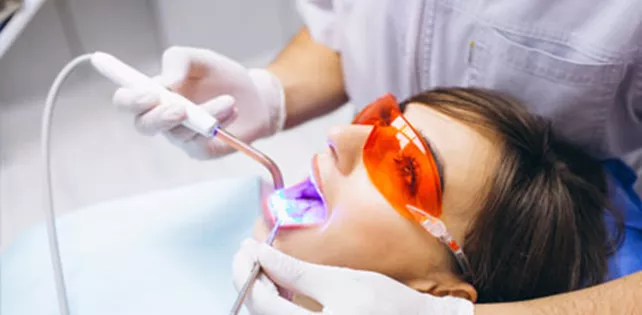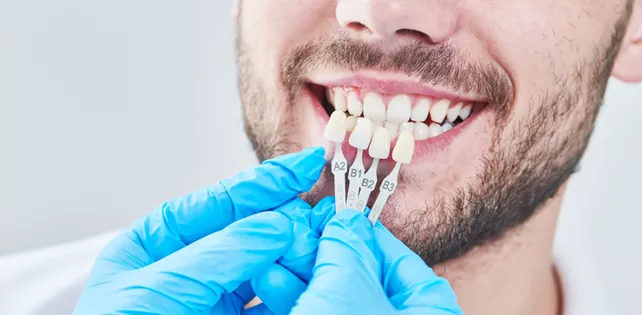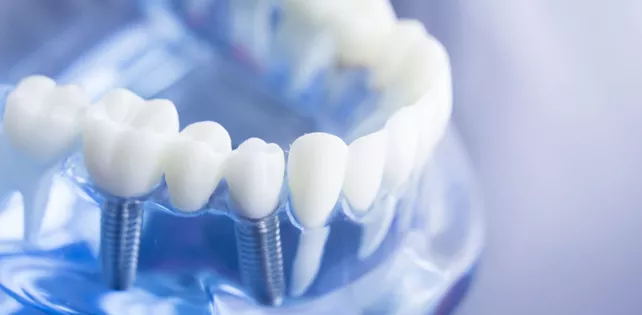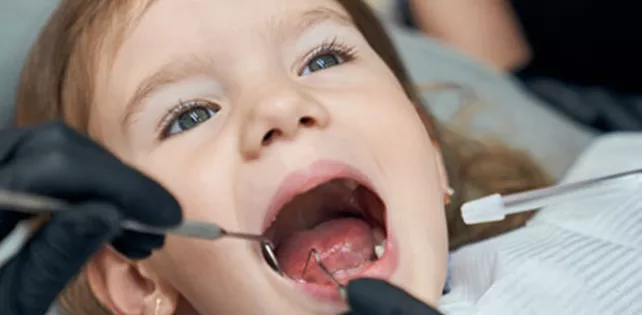Orthodontic Treatment with Transparent Plates
Orthodontic treatment has evolved significantly over the last few decades. One of the most popular advancements in this field is the use of transparent plates, commonly known as clear aligners. These innovative orthodontic devices offer a discreet, comfortable, and effective way to correct teeth misalignment without the need for traditional metal braces.
What Are Transparent Plates (Clear Aligners)?
Transparent plates or clear aligners are custom-made, removable plastic trays designed to gradually move teeth into the desired position. Made from high-quality, BPA-free thermoplastic materials, these aligners are nearly invisible when worn, making them an appealing choice for adults and teenagers who seek a less noticeable orthodontic solution.
How Do Clear Aligners Work?
The treatment involves a series of these transparent plates, each slightly different from the previous one. Patients wear each set of aligners for about 1-2 weeks before switching to the next in the series. Each aligner applies gentle and controlled pressure to the teeth, gradually shifting them over time. The entire process is planned digitally, ensuring precise movements and efficient treatment outcomes.
Benefits of Orthodontic Treatment with Transparent Plates
Clear aligners offer numerous advantages compared to traditional braces:
- Discreet Appearance: Due to their transparency, these aligners are almost invisible, allowing patients to undergo orthodontic treatment without affecting their appearance.
- Comfortable to Wear: Transparent plates are made from smooth plastic, reducing irritation to gums and cheeks often caused by metal brackets and wires.
- Removability: Aligners can be easily removed for eating, drinking, brushing, and flossing, improving oral hygiene and dietary freedom.
- Customized Treatment: Using 3D imaging and digital planning, each aligner is tailor-made to fit the patient’s teeth perfectly and address specific orthodontic issues.
- Fewer Dental Visits: Unlike traditional braces that require frequent adjustments, clear aligner treatment often involves fewer visits to the orthodontist.
- Predictable Results: Digital treatment planning allows patients to see a virtual simulation of their expected results before treatment even begins.
Who Is a Good Candidate for Transparent Plates?
Clear aligners are suitable for a wide range of orthodontic issues including:
- Mild to moderate crowding or spacing of teeth
- Overbites, underbites, and crossbites
- Open bites
- Relapse cases after previous orthodontic treatment
However, severe malocclusions or complex dental problems may require traditional braces or other orthodontic interventions. A thorough consultation with an orthodontist is essential to determine if clear aligners are the best choice for you.
The Orthodontic Treatment Process Using Transparent Plates
1. Initial Consultation and Assessment
The process begins with a comprehensive dental examination, including X-rays, photographs, and digital scans or impressions of your teeth. The orthodontist evaluates your bite, tooth alignment, and overall oral health to develop a personalized treatment plan.
2. Digital Treatment Planning
Using advanced 3D imaging software, your orthodontist maps out the precise movement of your teeth throughout the treatment. This digital plan produces a series of custom aligners designed to be worn sequentially to achieve optimal results.
3. Fabrication of Aligners
The custom clear aligners are manufactured using biocompatible plastic materials tailored to your dental anatomy.
4. Wearing Your Aligners
You will typically wear each aligner for 20-22 hours a day, removing them only to eat, drink, brush, and floss. You switch to a new set every 1-2 weeks as per your orthodontist’s instructions.
5. Regular Check-Ups
Though less frequent than with traditional braces, periodic visits are necessary to monitor progress and make any necessary adjustments.
6. Retention Phase
After the teeth have moved into the desired positions, retainers are often provided to maintain the new alignment and prevent relapse.
Comparing Transparent Plates to Traditional Braces
| Feature | Transparent Plates (Clear Aligners) | Traditional Braces |
|---|---|---|
| Visibility | Nearly invisible | Highly visible metal brackets and wires |
| Comfort | Smooth plastic, less irritation | Metal brackets can cause sores and irritation |
| Removability | Removable for eating and cleaning | Fixed; cannot be removed until treatment ends |
| Dietary Restrictions | No restrictions, remove aligners while eating | Sticky and hard foods are prohibited |
| Oral Hygiene | Easier brushing and flossing | Brushing around brackets is challenging |
| Treatment Duration | Comparable, sometimes shorter | Varies, depending on case complexity |
Potential Limitations and Considerations
While clear aligners have many benefits, patients should consider a few factors:
- Compliance: Treatment success depends on wearing aligners for the recommended hours daily.
- Complex Cases: Severe bite problems or very crooked teeth may not be fully corrected with clear aligners alone.
- Cost: Clear aligners can sometimes be more expensive than traditional braces.
Caring for Your Transparent Plates
Maintaining your clear aligners properly is crucial for hygiene and effectiveness:
- Clean them daily using a soft toothbrush and clear, gentle soap or specialized cleaning crystals.
- Avoid hot water, which can warp the plastic.
- Store aligners in their case when not in use to prevent loss or damage.
- Brush and floss your teeth before reinserting the aligners to avoid trapping food and bacteria.
Frequently Asked Questions About Orthodontic Treatment with Transparent Plates
Are clear aligners painful?
Some mild discomfort or pressure is normal when switching to a new aligner, but it usually subsides within a few days.
Can I eat or drink while wearing aligners?
It is recommended to remove aligners when eating or drinking anything other than water to prevent staining and damage.
How long does treatment with transparent plates take?
Treatment length varies, but most cases last between 6 and 18 months depending on complexity.
Will my speech be affected?
Some people experience a slight lisp initially, but speech typically normalizes quickly.
